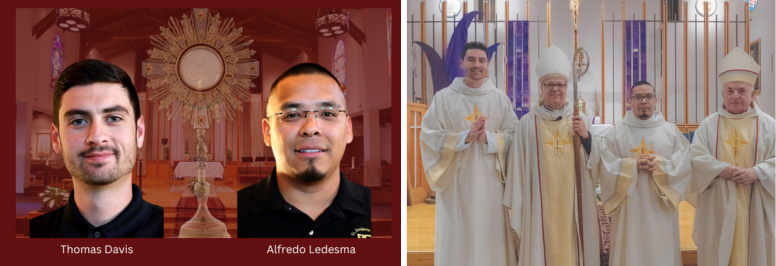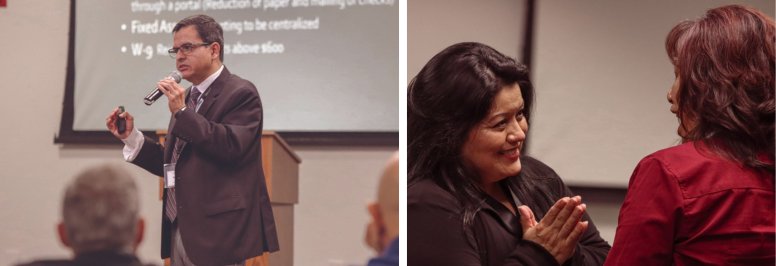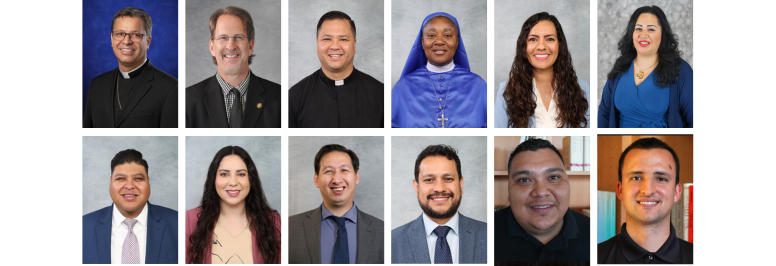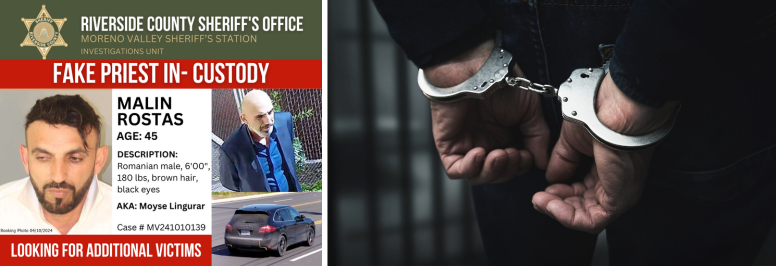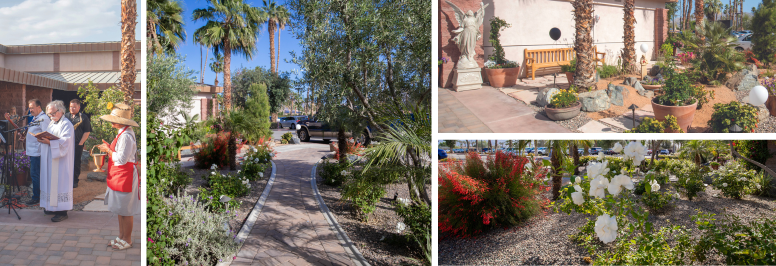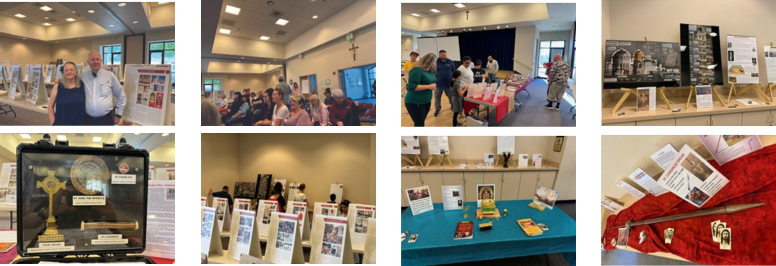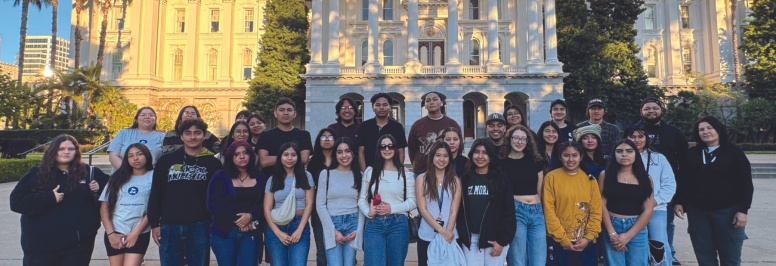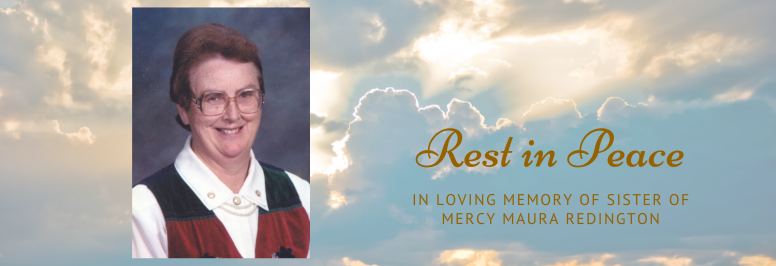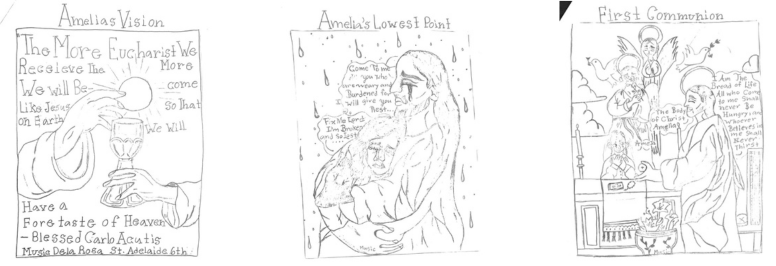By Elena Macias
The 16th General Assembly of the Synod of Bishops, which includes over 350 voting delegates from around the world chosen by Pope Franics, took place from Oct. 4-28, and one of the delegates, our Chancellor, Sister Leticia Salazar, ODN, was not only involved in the discussions, but was able to express her own experiences on how to create a more synodal church during a Holy See press briefing.
“I belong to a religious community that is an international community, [the Order of the Company of Mary our Lady] and I have had the privilege many times to be here in Rome in general chapters… but today in this experience, it is different,” Sr. Leticia said during an Oct. 7 press briefing. “It’s different because it’s not only with a religious community, it’s with the whole church, the global identity of the Catholic Church. It is just amazing to experience.”
When the Synod began, Pope Francis reminded the assembly that the Holy Spirit should be the Synod’s protagonist, no one else, and called for free expression and respectful listening to all. The Oct. 7 press briefing, which concluded the assembly’s first segment, “For a Synodal Church,” Sr. Leticia affirmed Pope Francis’ words and goal for the Synod.
“In community we ask for the light of the Holy Spirit to really see the voices that are coming from God. [This] requires attentive listening to the word of God, attentive listening to the voices that are spoken in silence, the sharing with one another, not only based on our personal experience but based on the many voices that we have heard,” Sr. Leticia said.
The assembly’s goal in the first segment, which took place Oct. 4-7, was to take from the experience of walking together lived by the People of God and use it to focus with greater clarity on the fundamental characteristics and conduct of a synodal Church.
Sr. Leticia touched on this topic when the question was asked about immigration and migration during the briefing. She described how she and her family emmigrated to the United States from Mexico when she was 17 years old and how it was the first time she met the Catholic Church.
“As you arrive to a new country, faith sustains you, but the Church welcomes you,” Sr. Leticia said.
She then took a moment to express how the Diocese of San Bernardino has a long history of discerning on the topic of immigration and migration.
“Now working in leadership in the Church this topic is very close to us, especially in the diocese that I am the Chancellor. San Bernardino welcomes immigrants from different parts of the world… we in the diocese have a history of discerning this topic for over 30 years, how to be a welcoming church, how to open new ways, not only of a faith-based community, but also for you to integrate into the life in the United States with your family, schools and other resources that are available,” Sr. Leticia said.
Towards the end of the press briefing, Sr. Leticia talked about a profound moment she experienced with a woman from the Diocese at the start of the synod on synodality, when it was a difficult time to understand what synodality was.
“We were in a listening session and this lady stood up and said, ‘I was able to experience synodality,’” Sr. Leticia said. “Synodality is not a concept, it’s an experience of being listened to, of being included.”
The Synod of Bishops began its reflections on the second segment titled, “A communion that radiates,” on Oct. 9. During this segment the assembly discussed education, the environment, multiculturalism and walking with the marginalized and migrants.
“Resounding in our hearts is the call to listen to the cry of the poor. At our table, the face of the poor, migration, people trafficking, social exclusion in the peripheries resounded loudly,” said Sister Gloria Liliana Franco Echeverri, a Colombian religious of the Order of the Company of Mary Our Lady, President of the Latin-American Confederation of Religious (CLAR) and a witness to the Synod process, reported by Vatican News.
The assembly began to discern on the third segment of the Synod titled, “Co-responsibility in Mission,” on Oct. 13. Topics included, missionary work, interreligious dialogue, LGBTQ+ and the role of women in serving the Church.
When asked during a press briefing about LGBTQ+, reported by Vatican News, Sister Patricia Murray, IBVM, the Executive Secretary of the International Union of Superiors General (UISG), explained that there was discussion of how the Church can show that it is seeking forgiveness for “hurts that have been caused.”
“I think, at many of the tables, if not all, the question of hurt, and the woundedness of people both individually and collectively has been dealt with and listened to,” Sr. Murray said. “There is a deep awareness of the pain and suffering that has been caused.”
The third segment, which took place from Oct. 18-21, had the assembly focus on the topic of “Participation, Governance and Authority.” Some of the topics included the renewal of the service of authority; the practice of discernment in common; the question of which structures and institutions “are more in line with a synodal Church,” how local churches can work together; and the role of the Synod itself in a more synodal Church.
“These are delicate issues, which require careful discernment,” said Cardinal Jean-Claude Hollerich, the Relator General for the Synod of Bishops, reported by Vatican News.
“They are delicate because they touch the concrete life of the Church and also the growth dynamism of the tradition: a wrong discernment could sever it or freeze it.”
During the last days, from Oct. 23-28, the assembly made conclusions and proposals based on their small group discussions and the entire assembly discussions. These conclusions will help outline the steps ahead toward the second and final meetings of the 16th General Assembly of the Synod of Bishops, which will convene at the Vatican in October 2024.
Elena Macias is the Managing Editor of the Inland Catholic BYTE.


